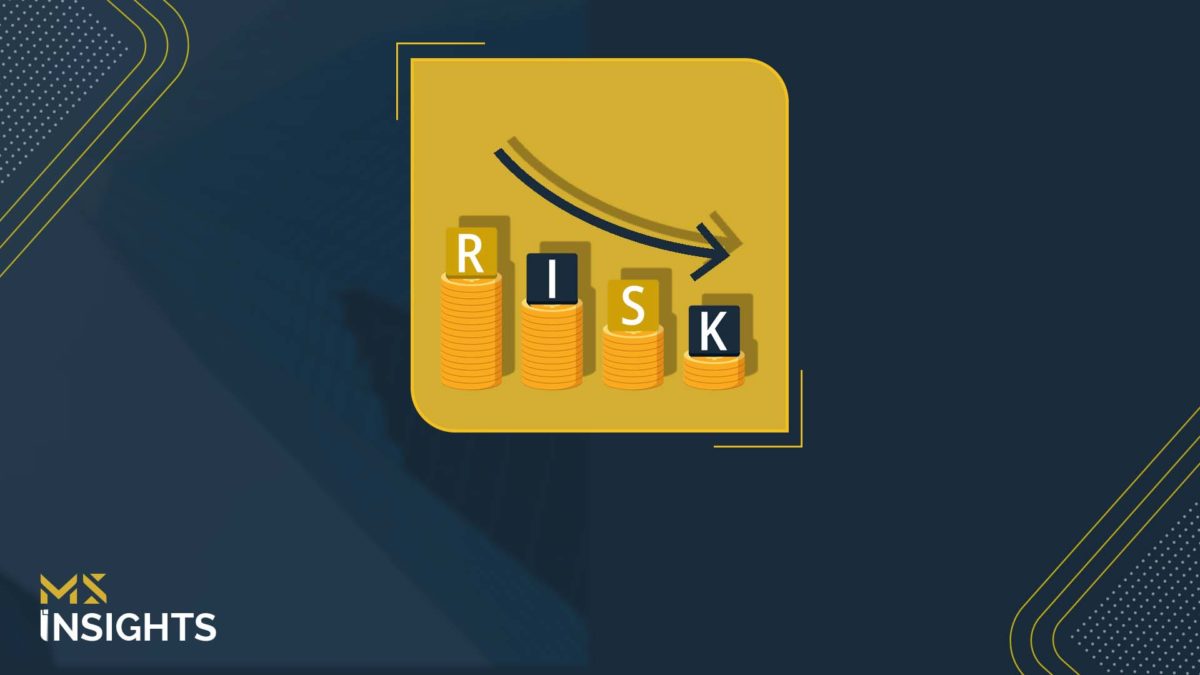In 2017, Amazon made headlines with its acquisition of Souq.com, the leading online retailer in the Middle East. This landmark deal, valued at around $580 million, was influenced by various financial factors, one of the most critical being the Risk-Free Rate of Return (Rf). At the time, the UAE government bond yields were relatively low, reflecting the country’s stable and robust economic environment. This low Rf played a significant role in creating a favourable discount rate, which enhanced the valuation of Souq.com and made the acquisition attractive for Amazon.
Risk-Free Rate of Return (Rf) is a fundamental concept that can significantly influence the outcome of a deal. This is particularly true in the Middle East, where economic conditions are closely tied to factors like government spending, geopolitical stability, and global oil prices. The Rf serves as a benchmark for evaluating investment risks and plays a crucial role in determining the cost of capital and overall company valuations.
What is the Risk-Free Rate of Return (Rf)?
The Risk-Free Rate of Return (Rf) represents the return on an investment with minimal risk, typically associated with government bonds issued by stable governments. In the Middle East, this often includes bonds from countries like the UAE, Saudi Arabia, and Qatar, which have strong credit ratings and are perceived as low-risk due to their stable political environments and robust economies.
For example, the yield on UAE government bonds, or Saudi Arabian sukuks, is frequently used as a proxy for the risk-free rate in financial models across the region. These instruments are backed by oil-rich governments with solid economic foundations, making them a reliable benchmark for risk-free returns.
Why Does the Risk-Free Rate of Return (Rf) Matter in Middle Eastern M&A Deals?
Influence on Decision-Making
In the Middle East, the risk-free rate (Rf) is a key factor in M&A decision-making, given the region’s fluctuating economic conditions. Changes in Rf, driven by government bond yields or central bank policies, can significantly impact company valuations, affecting deal negotiations and structures.
Reflecting Regional Dynamics
Middle Eastern economies, influenced by global oil prices, government spending, and geopolitical stability, directly affect the Rf. High oil prices and strong government spending typically lower the Rf, indicating stability, while geopolitical tensions or declining oil revenues raise it, impacting M&A valuations.
Risk Assessment in Volatile Markets
Accurately assessing the Rf is essential in the Middle East’s volatile environment. A well-calculated Rf helps investors properly assess transaction risks, avoiding mispricing, especially in sectors sensitive to government policies and global market shifts.
The Role of Rf in M&A Valuations in the Middle East
In the Middle East, the risk-free rate plays a pivotal role in the valuation of companies during M&A transactions. Here’s how it’s utilized:
- CAPM Model: Estimating the Cost of Equity
The Capital Asset Pricing Model (CAPM) is widely used in the Middle East to estimate the cost of equity, a crucial factor in company valuations.
- Rf (Risk-Free Rate): In the Middle Eastern context, this is often derived from the yields on government bonds or sukuks issued by regional governments.
- Beta (β): This measures the volatility of the company’s stock relative to the overall market. In the Middle East, sectors such as real estate, energy, and banking often exhibit varying levels of volatility.
- Market Risk Premium (Rm – Rf): The additional return expected from the market over the risk-free rate, which in the Middle East can be influenced by factors like oil prices and geopolitical stability.
2. DCF Model: Impact on Discount Rate
The risk-free rate is a core component of the discount rate used in Discounted Cash Flow (DCF) models. In the Middle East, where economic conditions can be influenced by oil price fluctuations and government spending, the Rf can vary, impacting the discount rate and thus the valuation of a target company.
A lower Rf, often seen in periods of high government spending and economic stability, results in a lower discount rate, which increases the present value of future cash flows. Conversely, during periods of economic uncertainty or lower oil prices, a higher Rf may prevail, leading to a higher discount rate and potentially lower valuations.
3. WACC Model: Influence on Cost of Equity
The Weighted Average Cost of Capital (WACC) is another critical metric in M&A valuations across the Middle East. The WACC reflects the average rate of return required by investors, weighted by the proportion of equity and debt. The risk-free rate, a key factor in determining the cost of equity, significantly impacts WACC calculations in the region, particularly given the diversity of capital structures and financing mechanisms, such as Islamic finance.
With regional governments often supporting businesses through favorable financing terms, the choice of Rf can reflect these conditions, thereby influencing WACC and the overall company valuation.
Amazon’s acquisition of Souq is a prime example of a successful deal leveraging the Rf in the Middle East market. For those seeking to optimize deal outcomes, understanding the Rf rate and its implications is crucial. By effectively utilizing this metric, you can make informed decisions and achieve greater success in your business endeavours
MS: Empowering Strategic Decisions with Expert Business Valuation in the UAE
At MS, we recognize that business valuation is crucial for achieving optimal outcomes for your company. Our team of valuation experts is skilled in applying various valuation methods to capture your company’s distinct features and industry specifics. Whether you’re exploring a merger or acquisition, seeking to raise capital, or assessing your company’s current value, we deliver thorough valuations that offer more than just numbers.
Related Topic:
Valuation methods – Click Here
Business Valuation – What, Why, and How – Click Here
